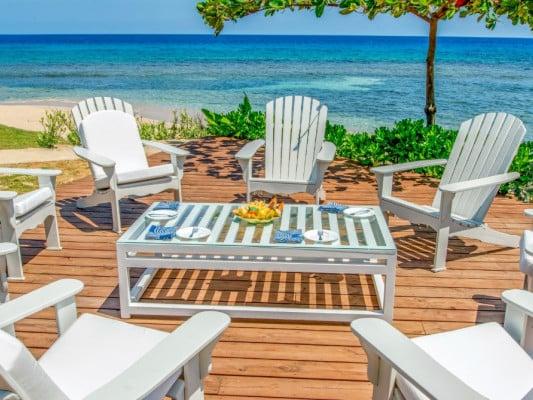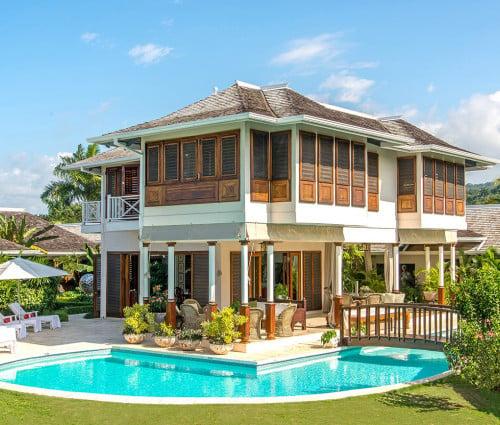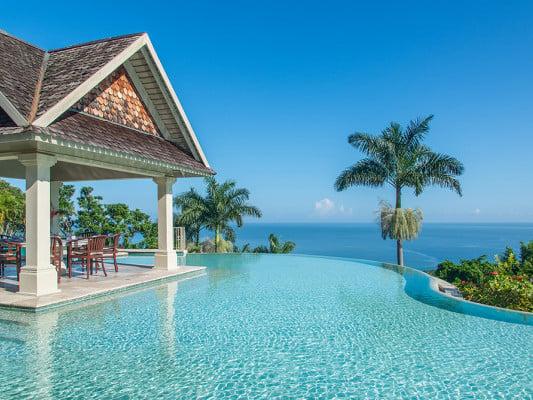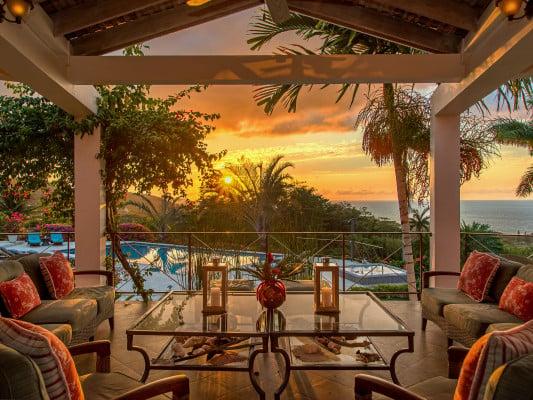
The Best Time to Visit Jamaica
The best time to visit Jamaica is during the dry season for sunshine, beaches & festivals. Explore when to go for great weather and fewer crowds.

Best Time to Visit Jamaica; a Month-by-Month Guide
For those wondering when is the best time to visit Jamaica, it is during the dry season; from mid-December to mid-April. It's at this time of year when vacationers will experience optimum weather and a low chance of rainfall.
Dry season aside, there’s really no bad time to visit this vibrant island - with great beaches, activities and balmy weather to soak up and experience. The best time to visit Jamaica really depends on personal factors, like what you want to do, where you want to stay and how much you want to spend.
We’ve taken a look month-by-month at the best time to visit Jamaica based on the weather, the crowds, and the events.
Popular Jamaica Villa Rentals

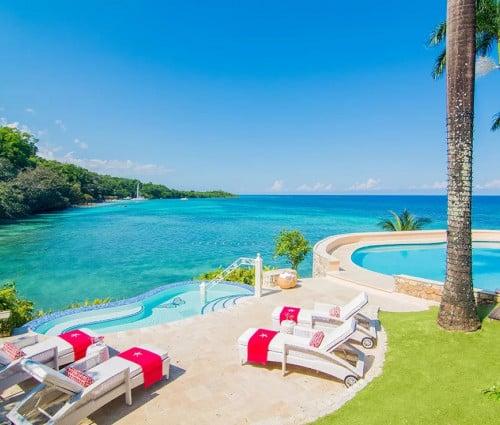
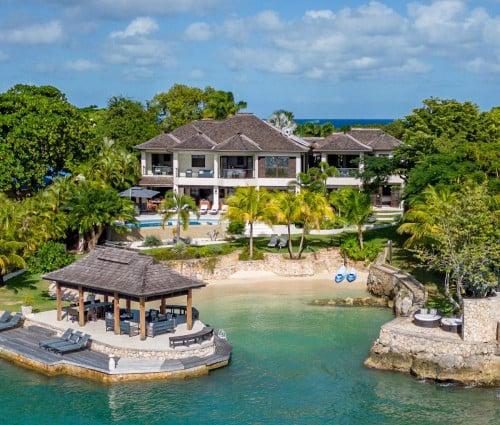
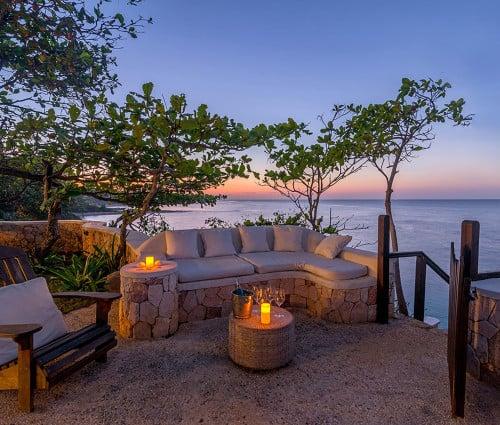

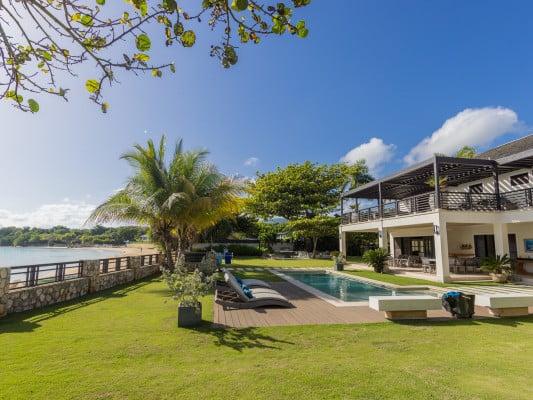
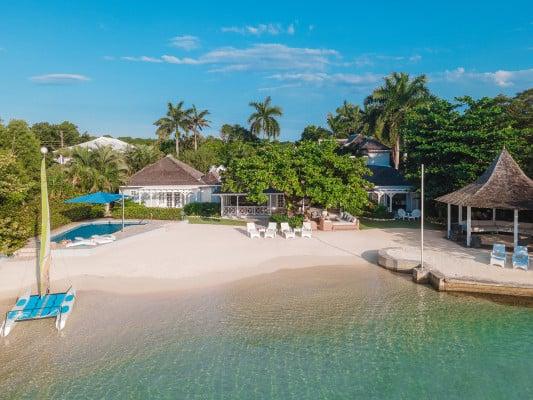

January
Average temp: 82 °F (28 °C). Dry and sunny - January kicks off peak season with gorgeous weather and cool nights. Highlights: Great weather across the island, Jazz & Blues Festival (late Jan) and cool nights in mountain regions. Best for: Snowbirds, couples and first-timers to Jamaica.
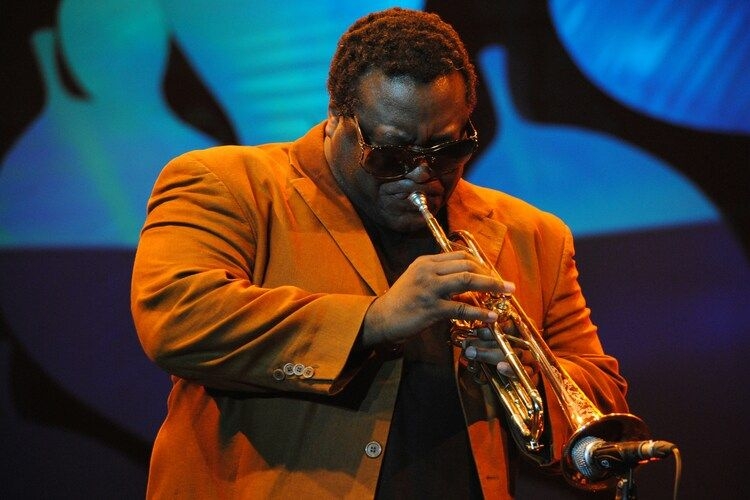
January is one of the coolest months in Jamaica, but it’s also one of the most popular times to visit. Rainfall levels are low and the island stays warm throughout the month. Average daytime temperatures are in the mid to high 70s (around 25°C+). There are around 9 hours of sunshine per day and humidity is of little concern as conditions tend to stay airy and pleasant. The sea is warm too, so you can enjoy water-based activities like swimming and snorkeling.
If you’re visiting Jamaica in January be aware that it’s winter for many of those who live in northern climes, so tourists will be flocking to the Caribbean to escape the cold. This high season runs from December until around mid-April, so you should expect higher prices and more crowded facilities, especially around the holidays. Note that while the days may be long and warm in January, it can become chilly at night, especially in the mountains.
February
Average temp: 82 °F (28 °C). Clear skies and perfect sea temps - February offers ideal weather and fewer crowds. Highlights: Bob Marley Week (around Feb 6), Valentine’s Day celebrations, the best snorkeling conditions. Best for: Couples, music lovers, beachgoers.

You may experience a little rain in February but any showers are usually light and quickly followed by clear sunny skies. The sun shines for a good 9 hours a day throughout the month and the sea is beautifully warm making it ideal for swimming, snorkeling and water sports. February is slightly warmer than January and a busy month for those seeking winter sun, although you can avoid the worst of the crowds if you travel during school time rather than in the UK’s half-term holiday, which lasts a week.
February is a great month for getting out and about before the major heat hits. You can explore the beautiful scenery around Montego Bay, visit the famous Dunn’s River waterfall or enjoy a great range of outdoor activities like hiking, biking and horseback riding. The second month is also the time when islanders celebrate the life of Bob Marley who was born and later died in Jamaica. Get down at the Bob Marley Birthday Bash, visit the Bob Marley Museum or pay respects at his burial site in Ocho Rios.
March
Average temp: 83 °F (28 °C). Warm, dry, and festive - March is a sweet spot for weather and early spring vibes. Highlights: Spring Break begins, the Jamaica Blue Mountain Coffee Festival, low rainfall and lots of sun. Best for: Spring breakers, hikers and coffee lovers.
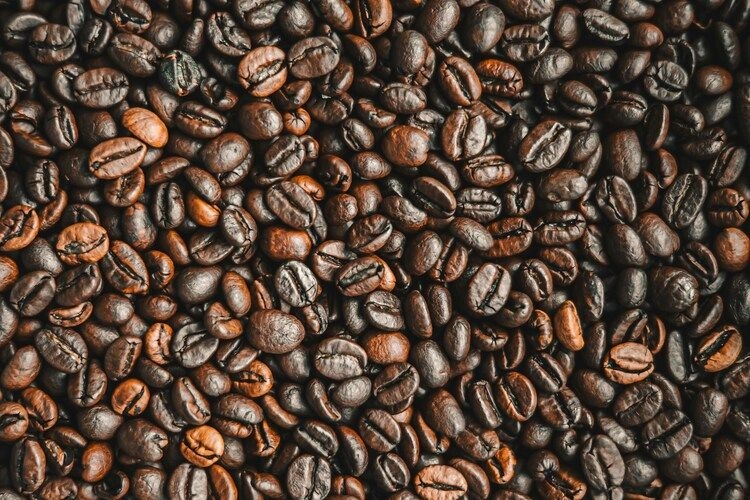
With its great combination of low rainfall and warm weather, March is one of the best times to visit Jamaica. You can expect highs in the 80s and bath-like seawater temperatures. Beach days are a good idea in March which boasts an average of 9 hours of sunshine per day. March is also a good month for outdoor pursuits as you’re unlikely to be hampered by any rain.
Be aware that throughout March and into mid-April it’s Spring Break for vacationing college and high school students. So if the idea of partying students doesn’t appeal to you, consider avoiding the main tourist areas.
April
Average temp: 84 °F (29 °C). Easter fun, fewer crowds - shoulder season perks with stunning sunshine. Highlights: Calabash Literary Festival (some years), Easter events & parades, the last call before summer humidity hits. Best for: Families, culture lovers and shoulder-season travelers.

If you’re visiting Jamaica in April you’ll find it less busy than in the preceding months, especially after Easter and Spring Break. The sun shines for a brilliant 10 hours a day during this shoulder season month and daily temperatures are warm but not uncomfortably so. Expect a little more rain as it heads towards the start of the wet season especially around the Blue Mountains.
For families, Easter is a fun time to visit Jamaica with plenty of events around the Easter weekend. If you wait until after Easter to travel though, you’ll be rewarded with lower accommodation rates as well as far fewer tourists.
May
Average temp: 85 °F (29 °C). Sunny, serene, and affordable - one of the best-value times to go. Highlights: Labor Day celebrations (May 23), great travel deals, warm water & clear beaches. Best for: Budget travelers, honeymooners and nature lovers.
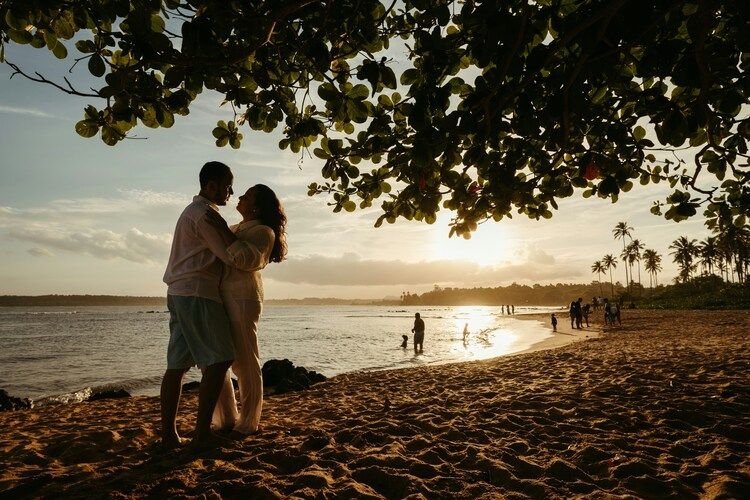
With peak season weather and low season prices, May is one of the best months to visit Jamaica. The rainy season is still a while away and rainfall levels are relatively low so it’s unlikely that your vacation will be hampered by bad weather. Each day sees an average of around 10 hours of sunshine so it’s good news for sun-seekers. Peak daytime temperatures hover in the 80s although cooling trade winds help to keep things comfortable. It may be the start of the low season in Jamaica however there are plenty of advantages to traveling at this time including lower fares, quieter facilities and a better chance to appreciate Jamaica’s laid-back way of life.
June
Average temp: 87 °F (31 °C). Hot, humid, and quiet - early summer offers lush scenery and fewer crowds. Highlights: Start of hurricane season (low risk), Jamaican Carnival (some years), afternoon showers begin. Best for: Adventurers, cultural travelers and off-season explorers.
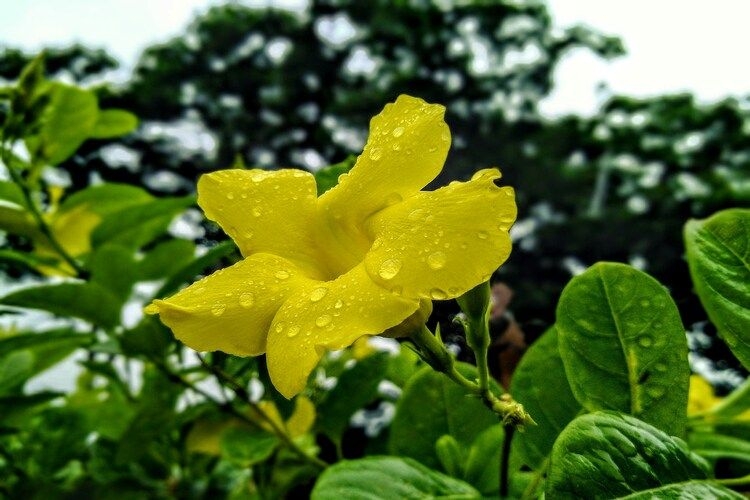
The start of the low season in Jamaica, June brings with it hot and humid weather. Yes, it’s the start of the hurricane season too, although the chances of a serious storm hitting so early in the year are slim. In fact June can be one of the best times to visit weather-wise as daily highs are warming up towards the hottest month of the year – July.
Despite the increasing heat, Jamaica is very pleasant at this time of year with northeasterly trade winds keeping things cool along the coast. Humidity is high through the month, and there are refreshing rain showers in the afternoons and evenings which tend to clear quickly.
July
Average temp: 88 °F (31 °C). Sizzling summer vibes - expect big festivals, heat, and school holiday crowds. Highlights: Reggae Sumfest (mid-July), Jamaica Independence Festival build-up, best month for sunshine hours. Best for: Festival-goers, families, sun worshippers.
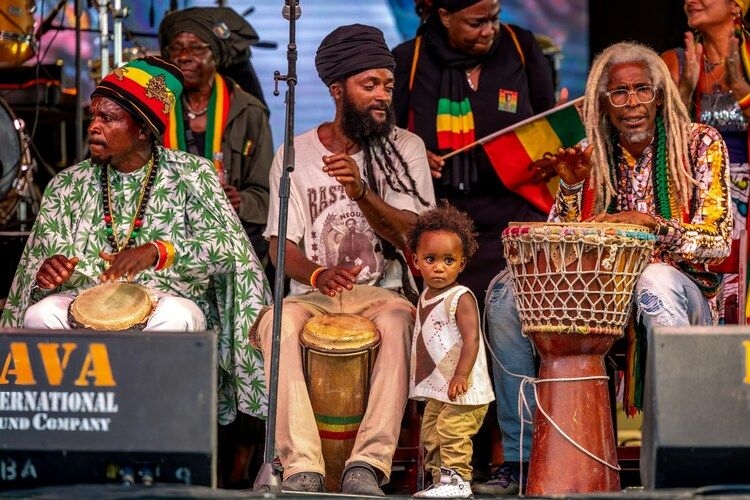
The sun really has his hat on in July with a whopping 11 hours of sunshine each day. July is the hottest month of the year in Jamaica and a busy time for tourism, with families flocking in for their summer holidays. Average highs in July are a roasting 84F although even this can creep up even higher. There isn’t much respite from the heat during the evening hours either with temperatures only dipping down to the 70s. One great way to avoid the summer crowds is to book a private Jamaica villa with pool - for maximum exclusivity and privacy whilst away.
August
Average temp: 88 °F (31 °C). National pride and spicy food - August brings heat and authentic flavor. Highlights: Jamaican Independence Day (Aug 6), MoBay Jerk Festival and Ocho Rios Seafood Festival. Best for: Foodies, patriotic vibes, party people.
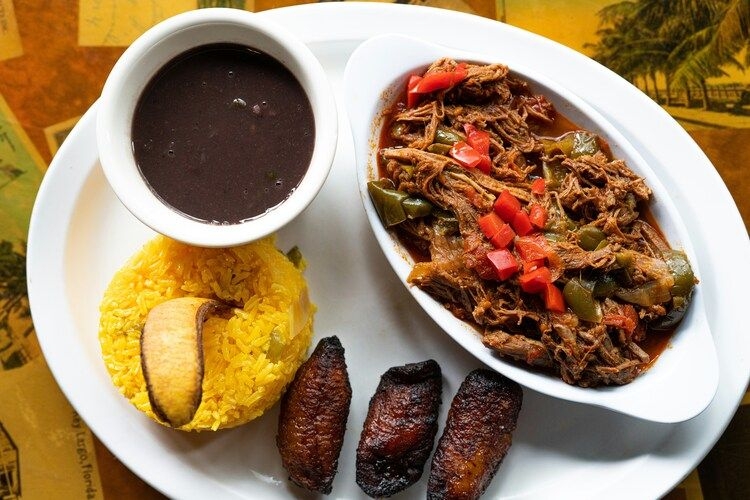
August is the height of the summer in Jamaica so be prepared for high heat and humidity. Daytime highs reach into the 90s and sea temperatures are warm too. Great news for beach lovers and water-sports enthusiasts! On the downside, there’s a good chance of rain in August and prices run high during the school holidays.
Entertainment-wise, you will find plenty of exciting events happening in August, including the MoBay Jerk Festival and the Ocho Rios Seafood Festival.
September
Average temp: 87 °F (31 °C). Quiet, green, and wet - September is hurricane season’s peak, but deals abound. Highlights: Sweetest Mango Festival, off-season pricing, fewer tourists. Best for: Solo travelers, couples and budget-minded guests.
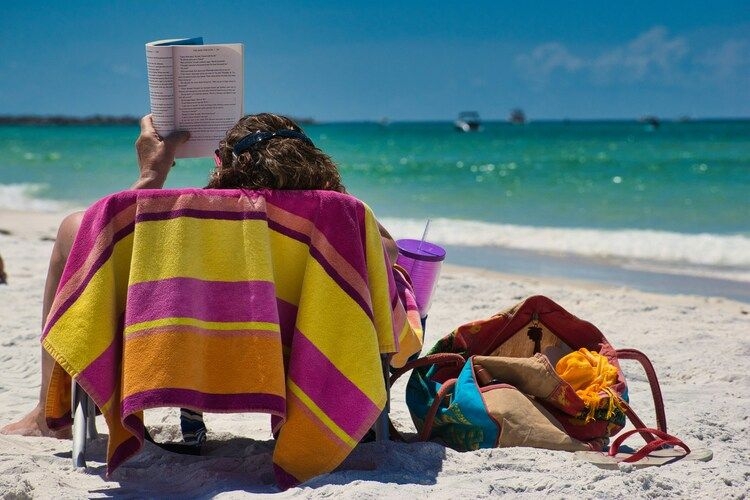
If you’re visiting Jamaica in September be aware that it’s the height of the hurricane season. That said, the chances of a serious hurricane affecting your vacation are still statistically low.
If you don’t mind the risk of rain, September can still be a good time to go to Jamaica. This is one of the quietest months of the year, with fewer holidaymakers once the school term starts. Despite the higher rainfall, you’ll still enjoy warm sunny days and gorgeously warm seas.
October
Average temp: 85 °F (29 °C). Rainiest month - but still lush, warm, and full of character. Highlights: National Heroes Day (3rd Mon in Oct), Calabash Literary Festival (some years) and green season rates. Best for: Writers, artists, slow travelers.
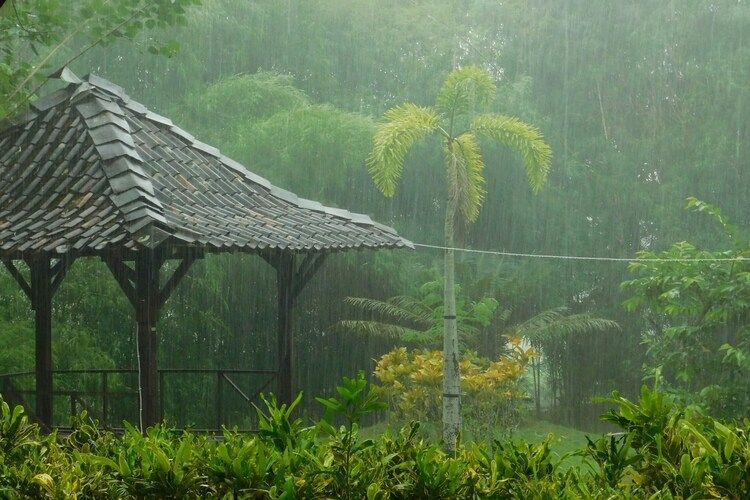
October is the wettest month of the year in Jamaica – you’re likely to see some rain on around half of the days. It could be a downpour that lasts for just a few minutes, or it could be a continual rainfall for a few hours in the evening.
Despite the rain, October can still be a good time to visit Jamaica as the showers mostly leave behind clear sunny skies. It’s still the low season so you’ll find some great deals, though prices tend to creep up during the UK’s half term week.
November
Average temp: 83 °F (28 °C). Lush landscapes, fewer crowds - November is an underrated gem. Highlights: Food & Drink Festival (Kingston or Montego Bay), end of hurricane season, cheaper flights and accommodations. Best for: Foodies, peace-seekers, early holiday shoppers.

November marks the second shoulder season of the year and is a fantastic time to travel to Jamaica. The hurricane season is coming to an end and the rainy season begins to taper off in this quiet, cooler and cheaper month. Even as it heads towards winter, there are a good 8 hours of sunshine a day with temperatures hovering in the high 70s.
November is a great time for a getaway before the Christmas crowds arrive. You can take advantage of the duty-free shopping malls and stock up on Christmas gifts ahead of time.
December
Average temp: 80 °F (27 °C). Winter Sun - December is lively, festive, and perfect for a tropical holiday. Highlights: Reggae Marathon (early Dec), Jonkonnu Parades & Christmas markets, also peak tourist season begins around mid-month. Best for: Winter escapes, families, marathoners.

The start of high season, December is an exciting time to go to Jamaica. Christmas is on the horizon and school is out at the end of the month, so there are some fantastic vacation options to choose from. Visit in early December and you’ll get great weather and lower prices than in the holidays. Go later in the month and you’ll get to spend Christmas on the beach.
December falls outside of the hurricane season so there are no worries in that regard. Daytime temperatures in December hover in the 70s making it a great time to go if you want pleasant conditions, as opposed to the oppressive heat of summer.
Where to stay in Jamaica
Come rain or shine, our award-winning collection of Jamaica villa rentals promise to be a captivating backdrop to your Caribbean vacation. Located in sought-after villa communities and world-class resort clubs, dive into an effortless beach break, golfing trip, honeymoon or family adventure. Experience an exclusive vacation in our luxury pool villas, complete with scenic outdoor dining areas, landscaped grounds and first-class villa amenities - all enhanced by optional staff and Concierge to enhance your stay.
Popular Jamaica Villa Rentals


